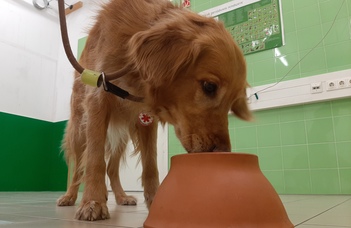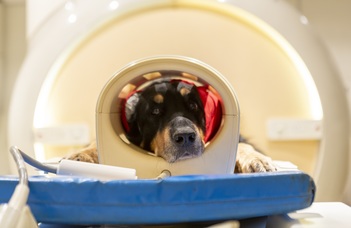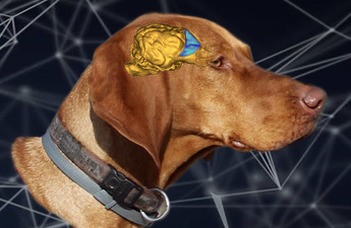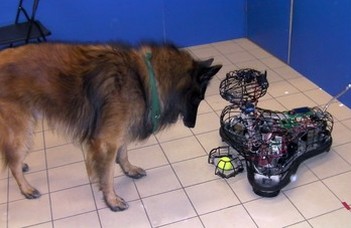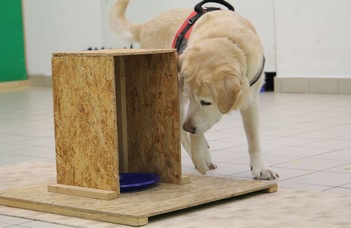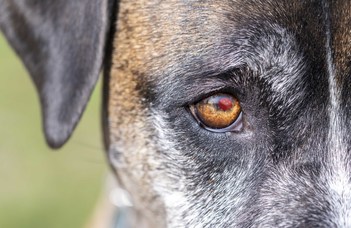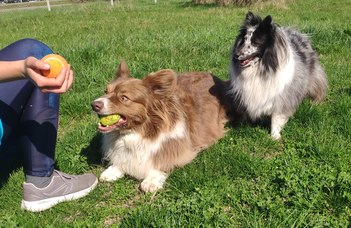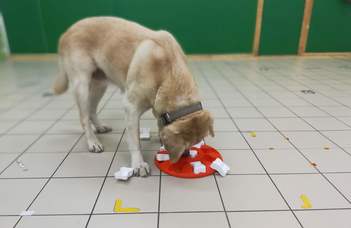
Címlap
Welcome to the ELTE Department of Ethology website!
Contact: ELTE Department of Ethology, 1117 Budapest, Pázmány Péter promenade 1/C, 6th floor; etologiatanszek@ttk.elte.hu
Apply for behavioural tests: on facebook with the hashtag #etotest
For more information, follow these groups and pages:
- Family Dog Project Facebook page: dog ethology publications, media
- Family Dog Project Youtube channel: videos about our research (mix of EN and HU languages)
- Family Dog Project Twitter: dog ethology publications, media
- Family Dog Project Instagram: photos of life in the department
- Behavioural Biology For You-Pets: video series about our research
In Hungarian:
- Kutyaetológia (Dog Ethology) Facebook group: research calls, reports, discussions
- Családi Kutya Program (Family Dog Project) Facebook page: departmental calls, media coverage, talks, discussions, talks and events
Videos
Videos
The Prominent Role of Vocal-like Sounds in the Dog and Human Brain.
The Prominent Role of Vocal-like Sounds in the Dog and Human Brain.
0
/
0














0
/
0


